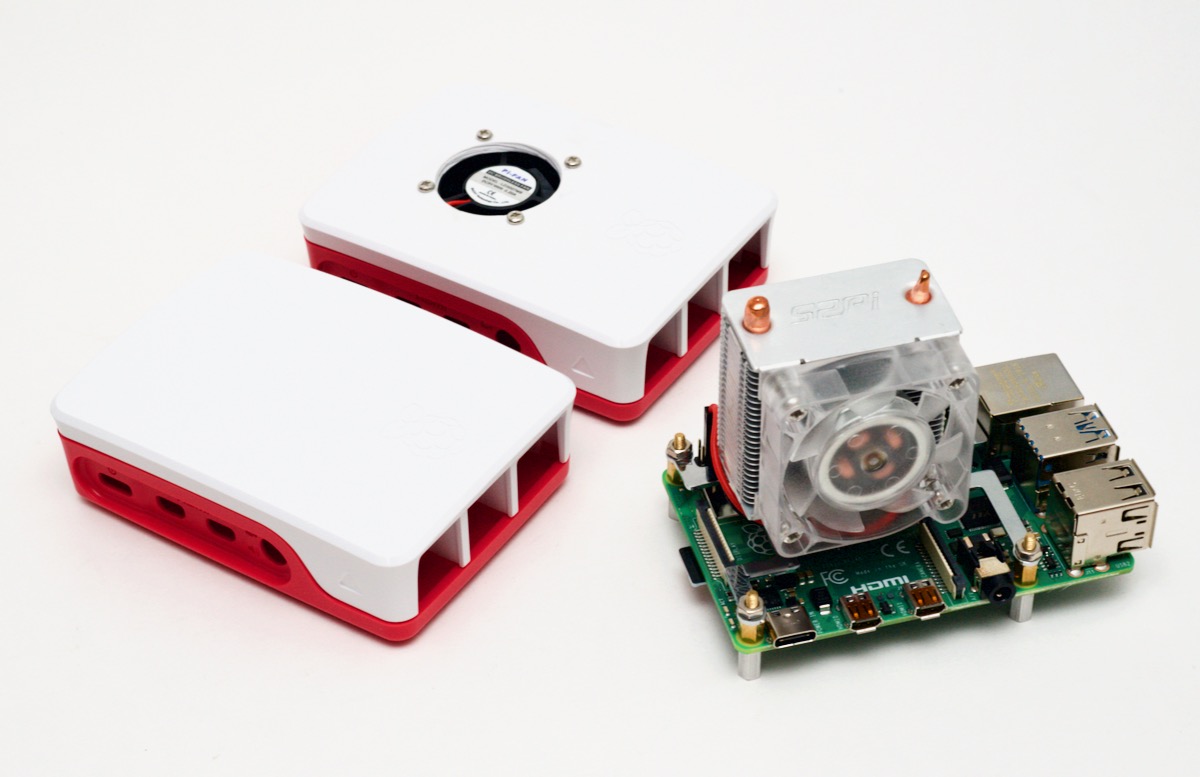Top 10 ways to monitor Linux in the console

top (pictured below... above is btop) is the first utility everyone recommends to monitor Linux (or any form of UNIX, including macOS) resource usage. It's efficient, available almost everywhere... but it's also a bit basic. It shows essential metrics, but looks like it's from the 80s. There are ways to brighten it up, like highlighting active processes or changing color schemes, but it's not the only game in town!

Nowadays, there are a lot of modern monitoring tools—and some not so modern, but immensely useful—to choose from. This blog post will run through some of the ones I rely on most often. Let me know in the comments if you use any others I didn't cover!





